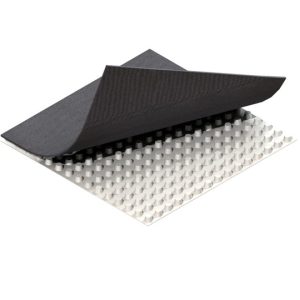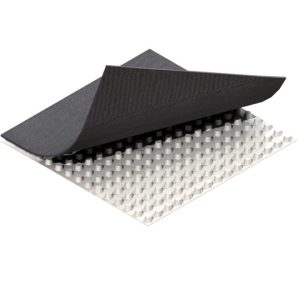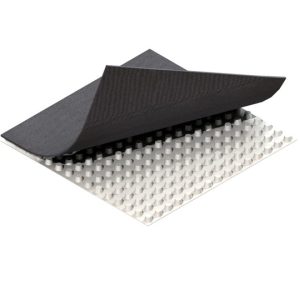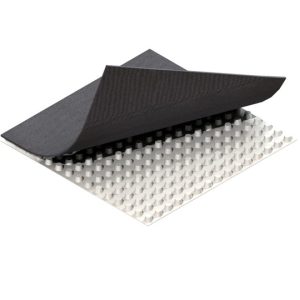# Optical Fiber Patch Cord: Essential Component for High-Speed Data Transmission
In today’s fast-paced digital world, the demand for high-speed data transmission has never been greater. One of the key components that enable this seamless flow of information is the optical fiber patch cord. This essential piece of technology plays a crucial role in connecting various devices within a network, ensuring that data is transmitted quickly and efficiently.
## What is an Optical Fiber Patch Cord?
An optical fiber patch cord, also known as a fiber optic patch cable or jumper, is a cable that contains one or more optical fibers. These fibers are used to transmit light signals, which carry data over long distances with minimal loss. The patch cord typically has connectors on both ends, allowing it to easily connect different devices such as switches, routers, and servers.
## Types of Optical Fiber Patch Cords
There are several types of optical fiber patch cords available, each designed for specific applications:
– Single-Mode Patch Cords: These are used for long-distance communication and have a smaller core diameter, allowing for the transmission of a single mode of light.
– Multi-Mode Patch Cords: These are suitable for shorter distances and have a larger core diameter, enabling the transmission of multiple modes of light.
– Simplex Patch Cords: These consist of a single fiber and are used for one-way communication.
– Duplex Patch Cords: These contain two fibers and are used for bidirectional communication.
## Benefits of Using Optical Fiber Patch Cords
Optical fiber patch cords offer numerous advantages over traditional copper cables:
– High Bandwidth: Fiber optic cables can carry significantly more data than copper cables, making them ideal for high-speed networks.
– Low Latency: The speed of light transmission ensures minimal delay, which is critical for real-time applications.
– Immunity to Electromagnetic Interference: Unlike copper cables, fiber optics are not affected by electromagnetic interference, ensuring a stable connection.
– Long-Distance Transmission: Fiber optic cables can transmit data over much longer distances without the need for signal boosters.
## Applications of Optical Fiber Patch Cords
Optical fiber patch cords are used in a wide range of applications, including:
– Telecommunications: They are essential for connecting various components within a telecommunications network.
– Data Centers: Patch cords are used to interconnect servers, storage devices, and network switches in data centers.
– Broadcasting: They are used to transmit high-definition video and audio signals in broadcasting environments.
– Medical Imaging: Fiber optics are used in medical imaging equipment to transmit high-resolution images.
## Choosing the Right Optical Fiber Patch Cord
When selecting an optical fiber patch cord, it’s important to consider the following factors:
– Type of Fiber: Choose between single-mode and multi-mode based on the distance and bandwidth requirements.
– Connector Type: Ensure that the connectors on the patch cord are compatible with the devices you are connecting.
– Cable Length: Select a cable length that is appropriate for your setup to avoid unnecessary slack or tension.
– Environmental Conditions: Consider the operating environment, such as temperature and humidity, to ensure the patch cord can withstand the conditions.
## Conclusion
Optical fiber patch cords are indispensable in modern high-speed data transmission networks. Their ability to provide high bandwidth, low latency, and immunity to interference makes them the preferred choice for a wide range of applications. By understanding the different types and benefits of optical fiber patch cords, you can make informed decisions to optimize your network’s performance and reliability.
Keyword: optical fiber patch cord



